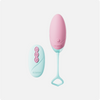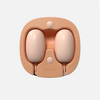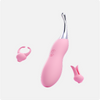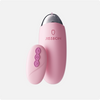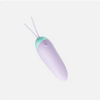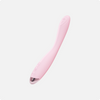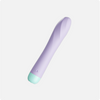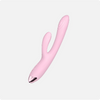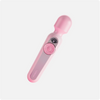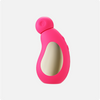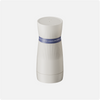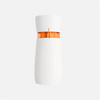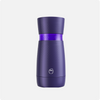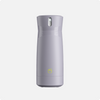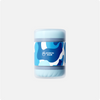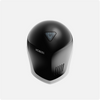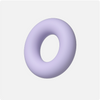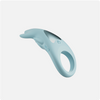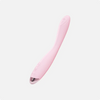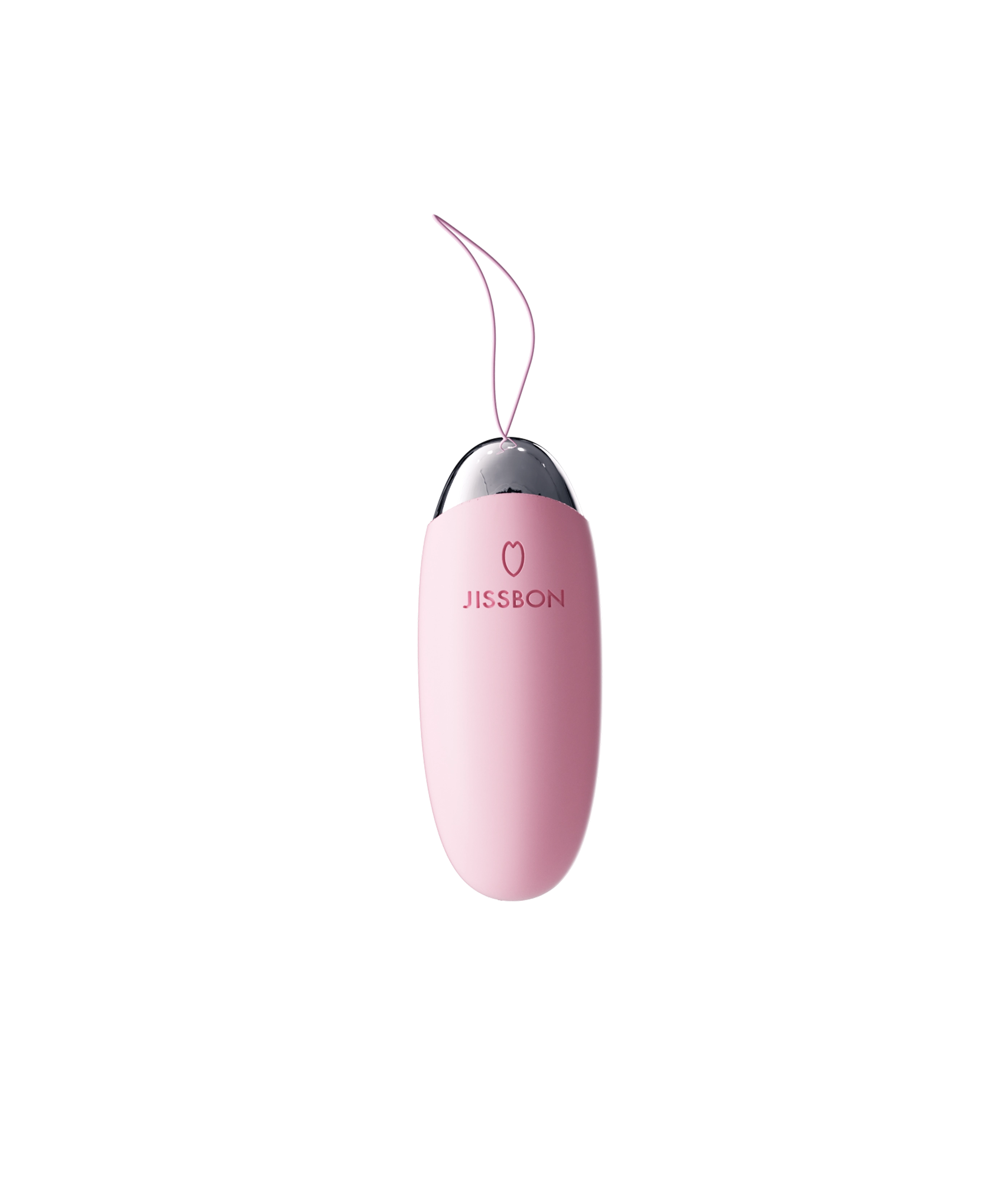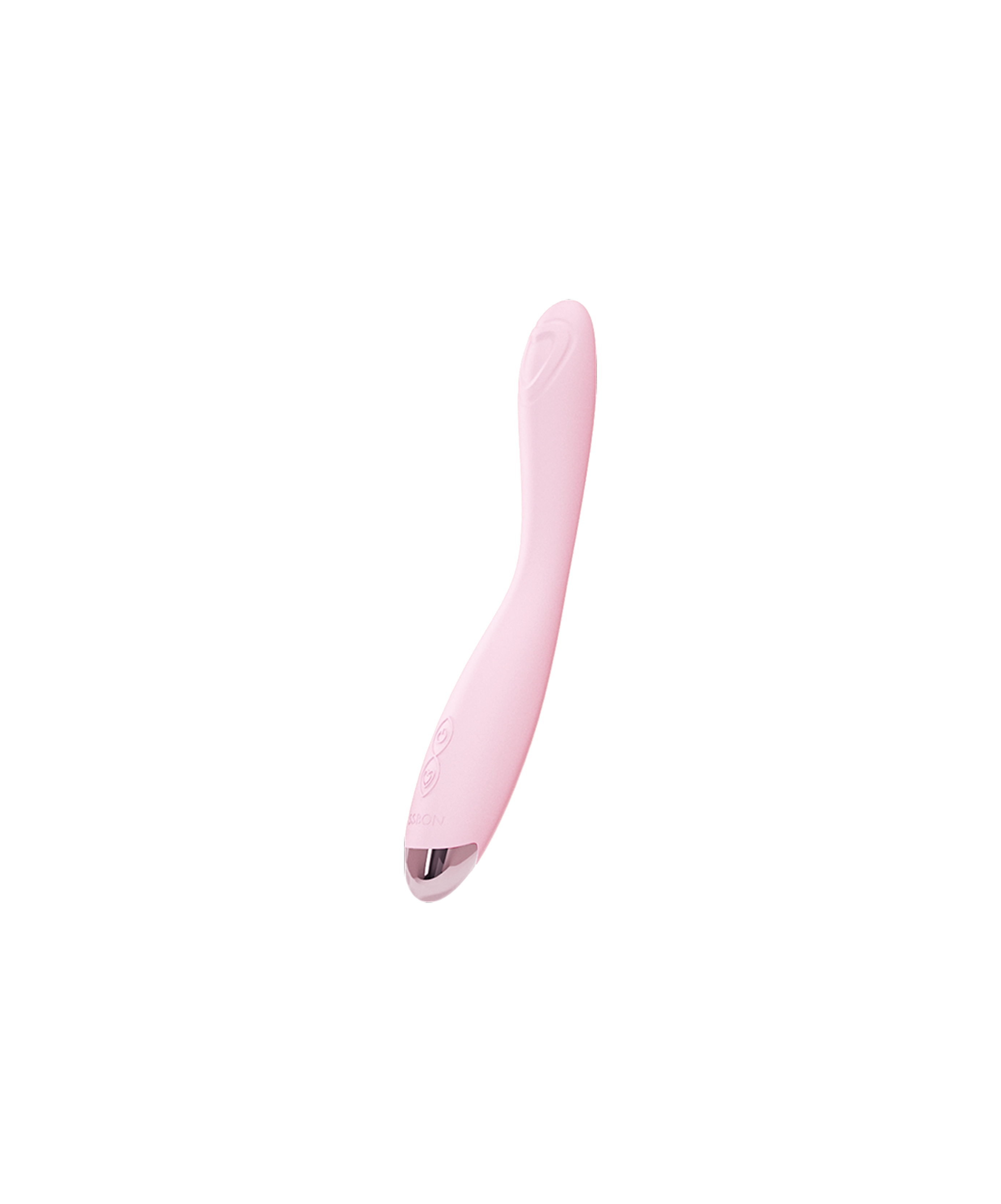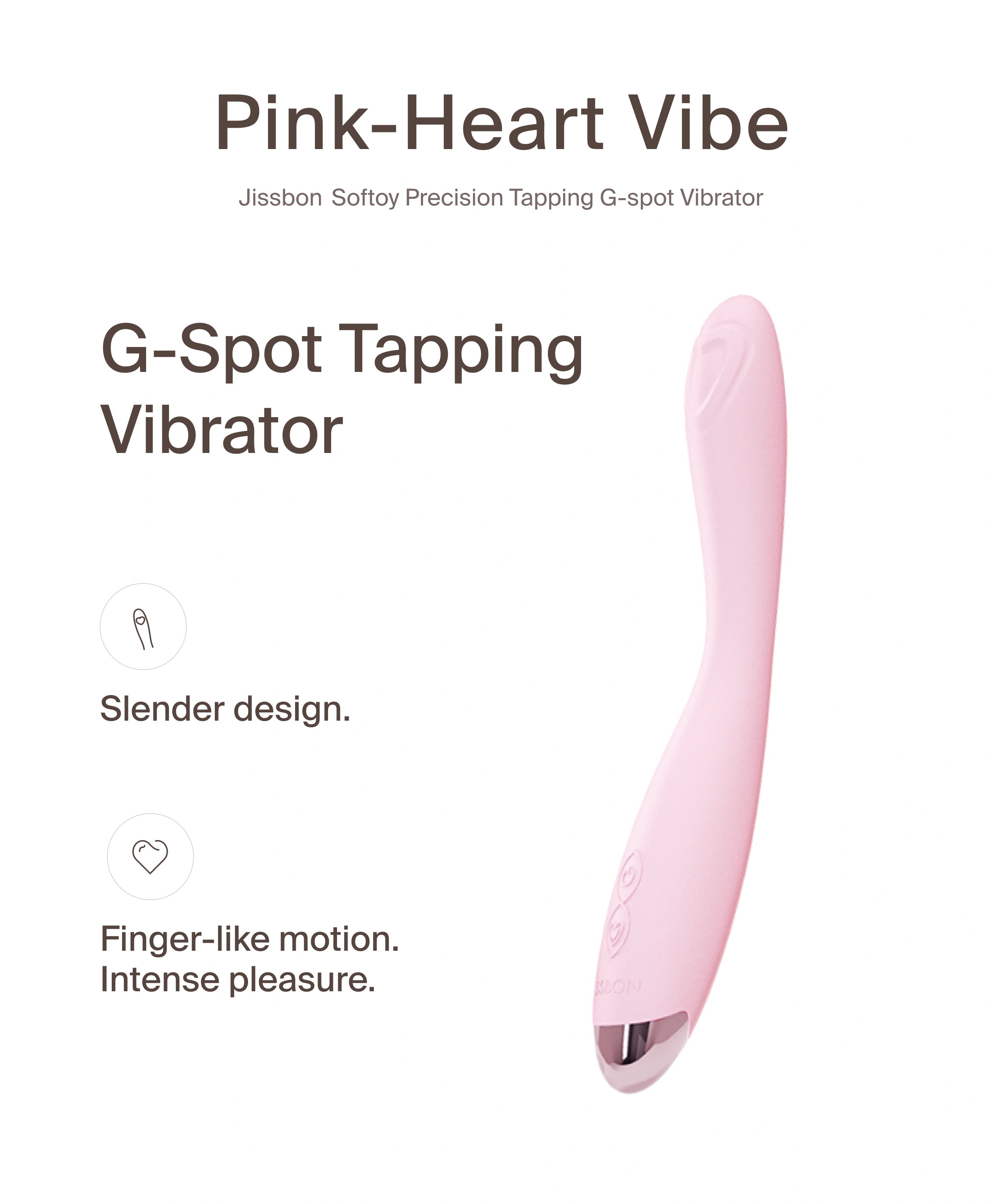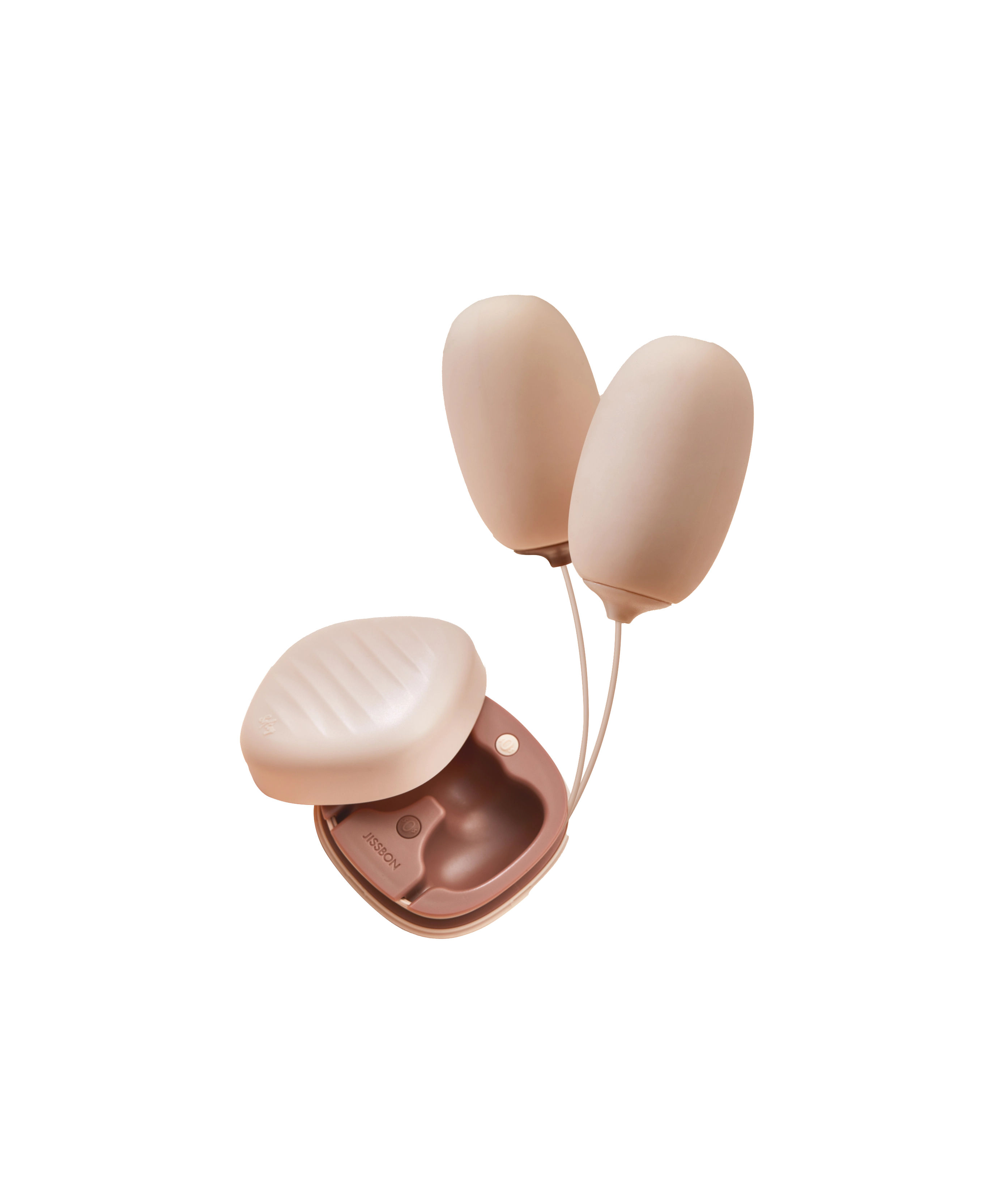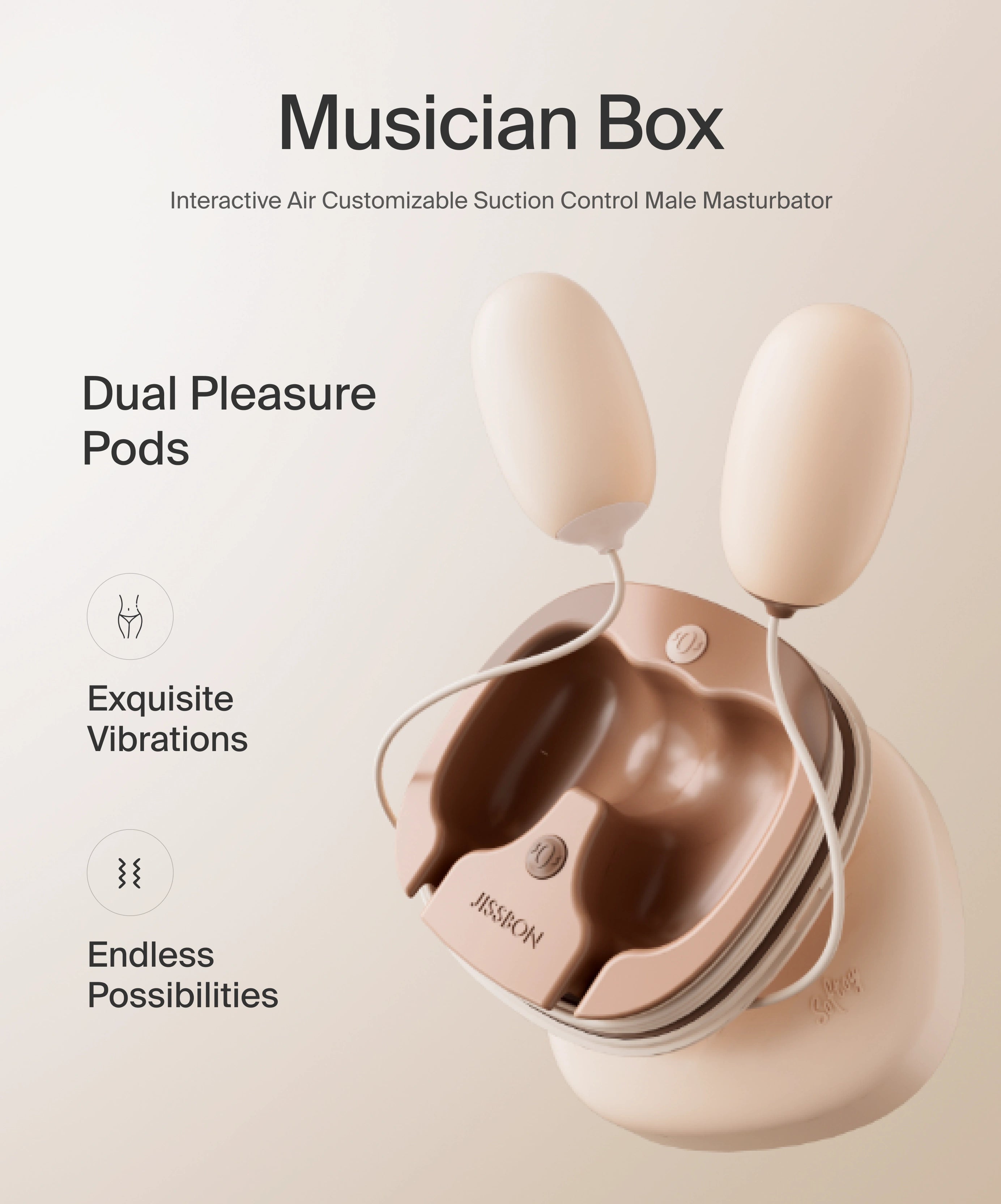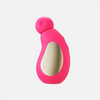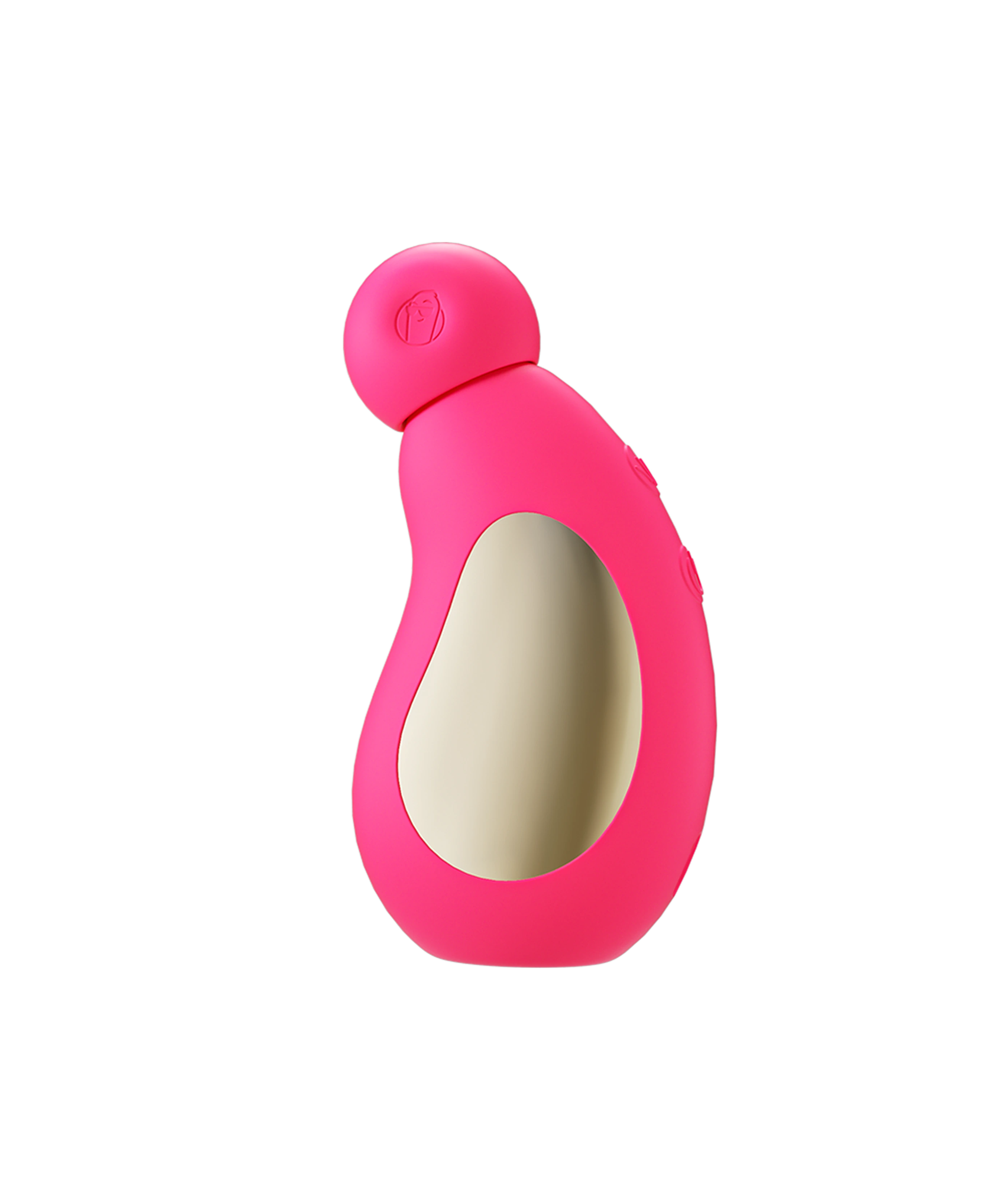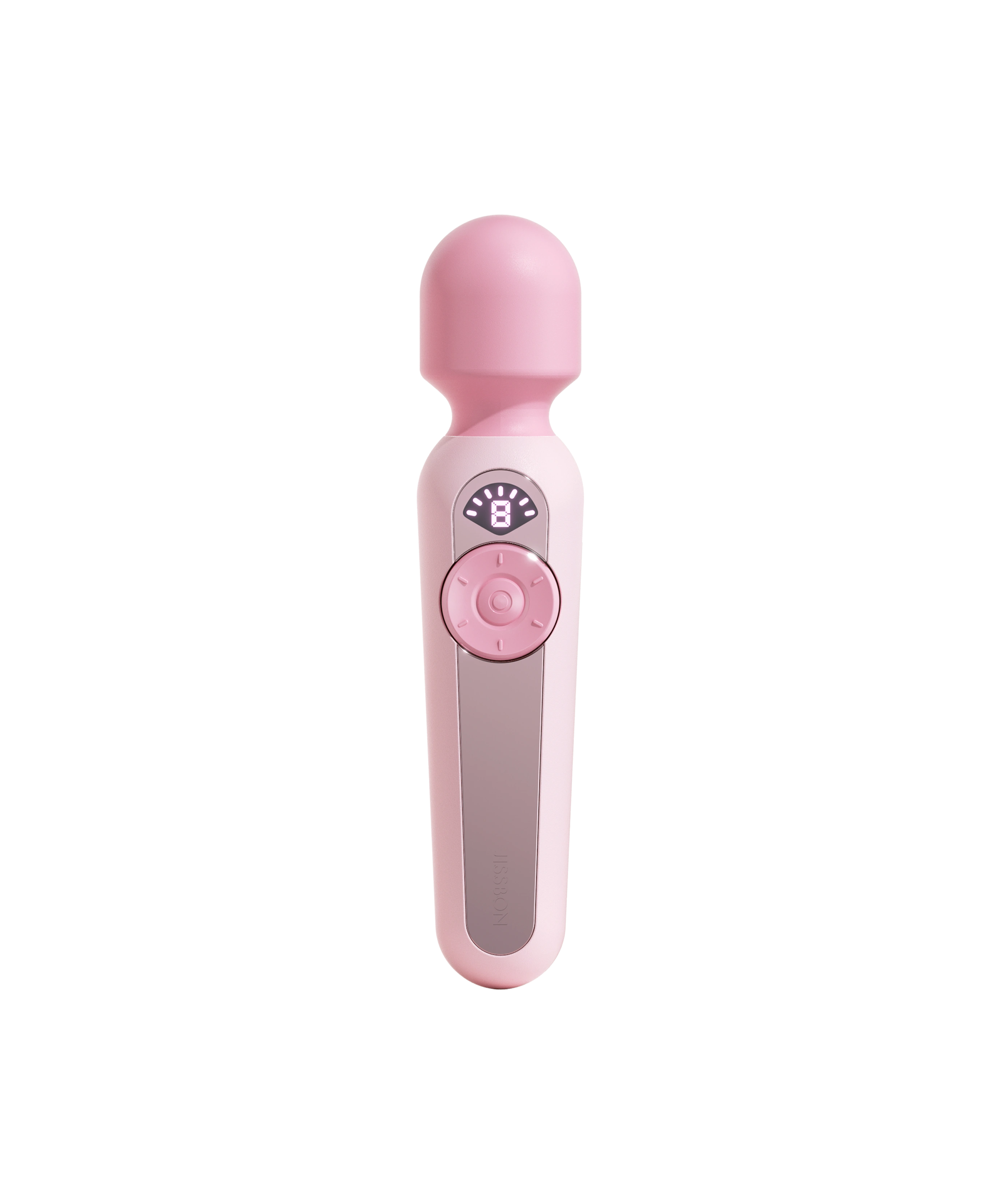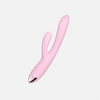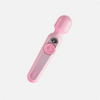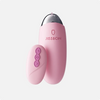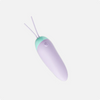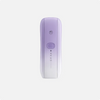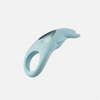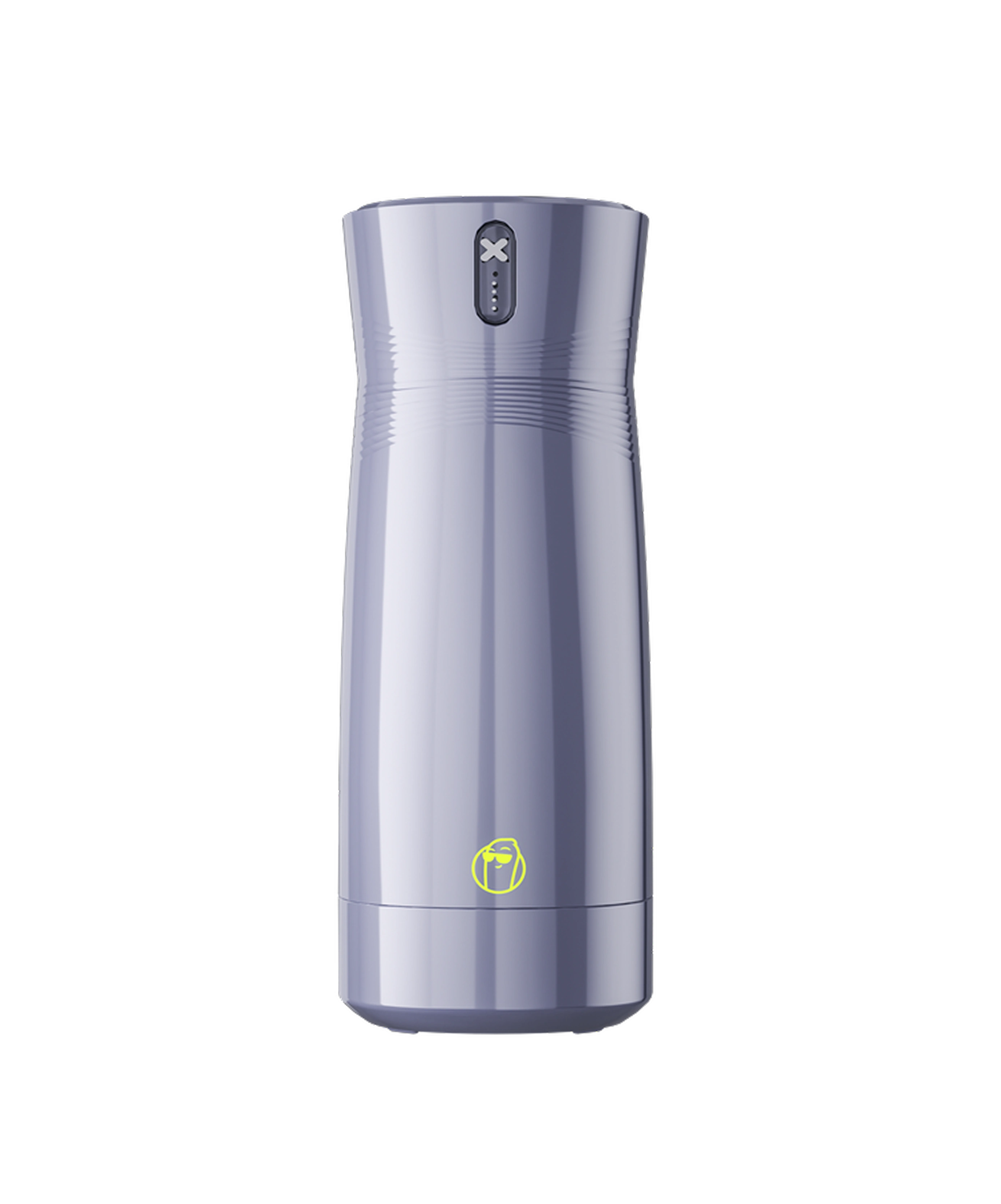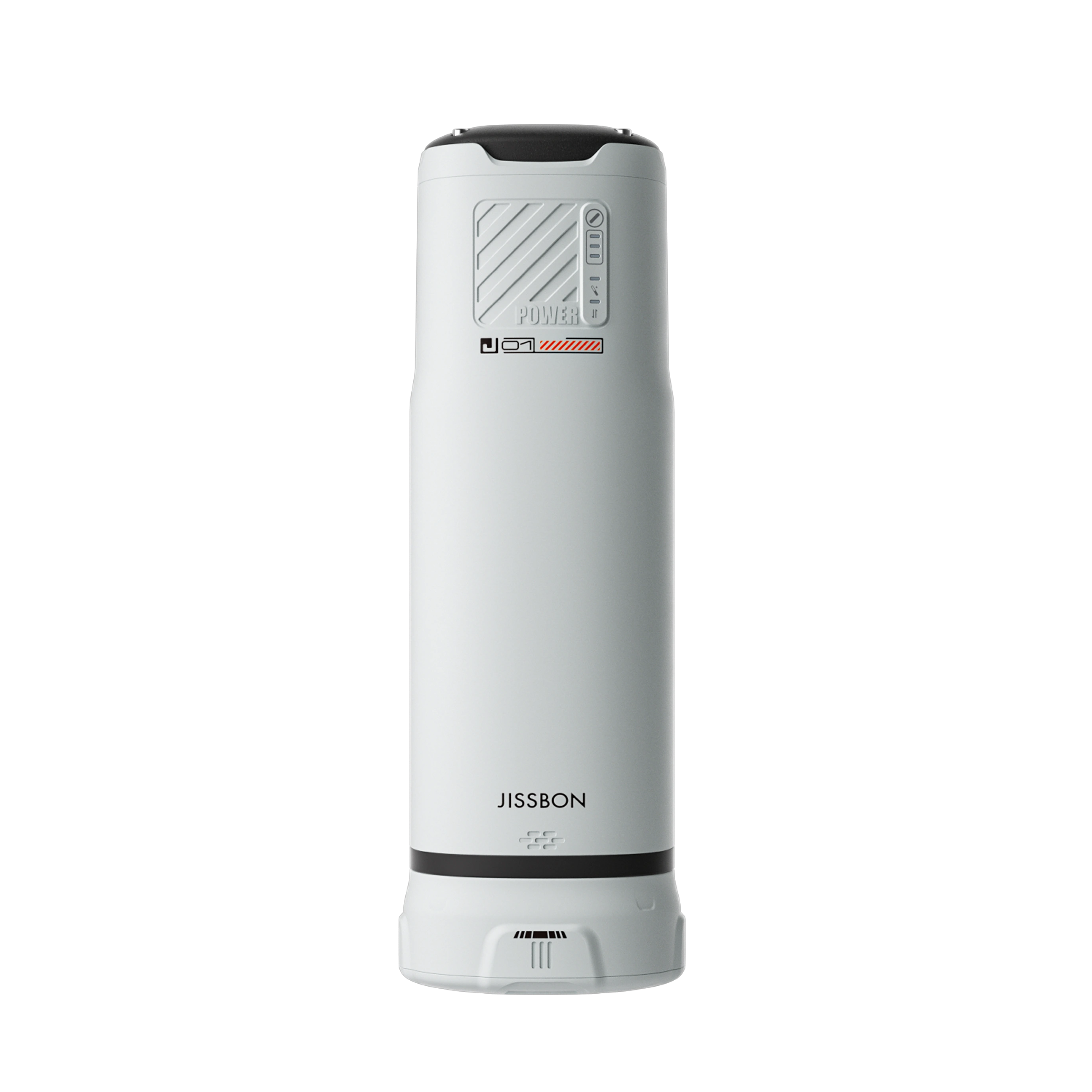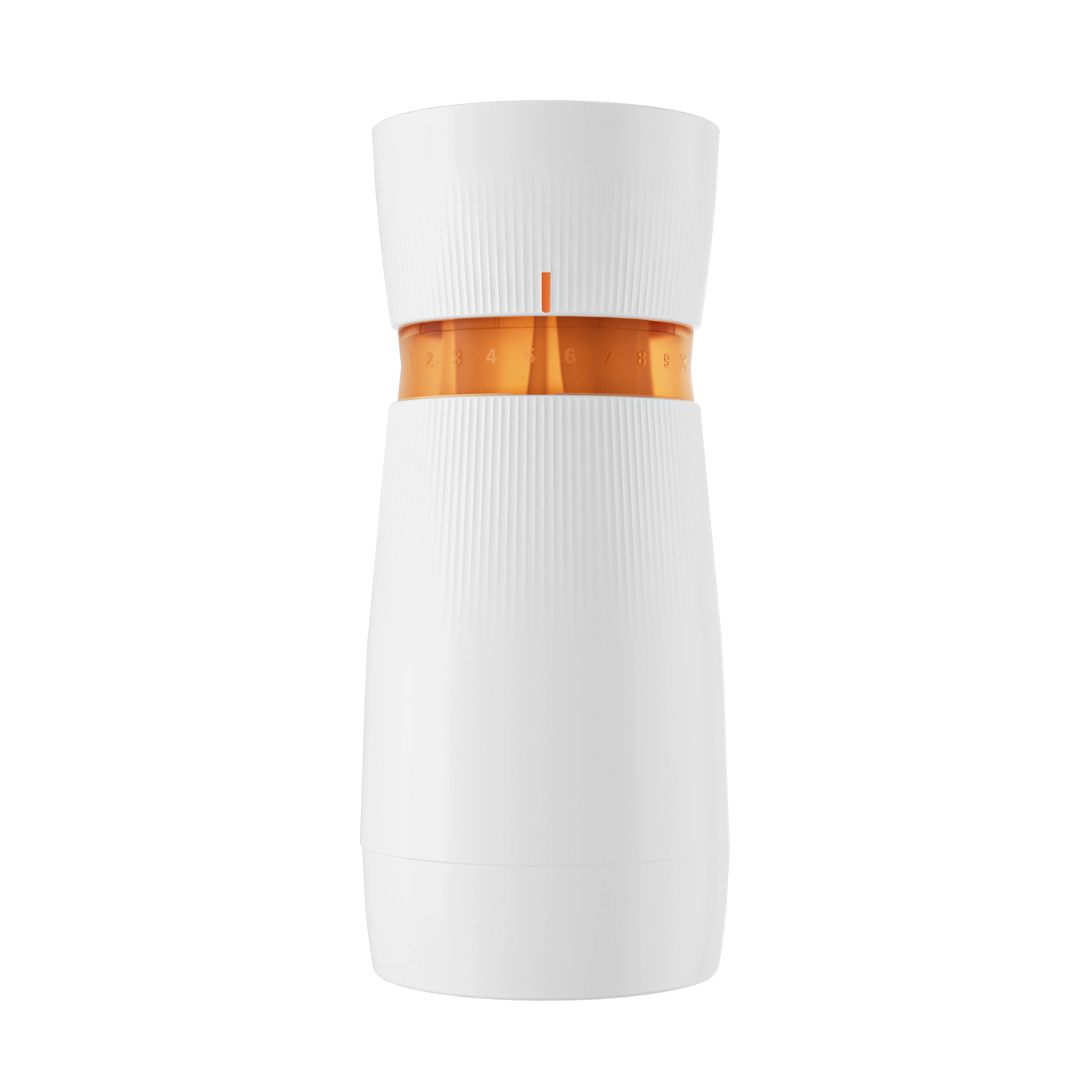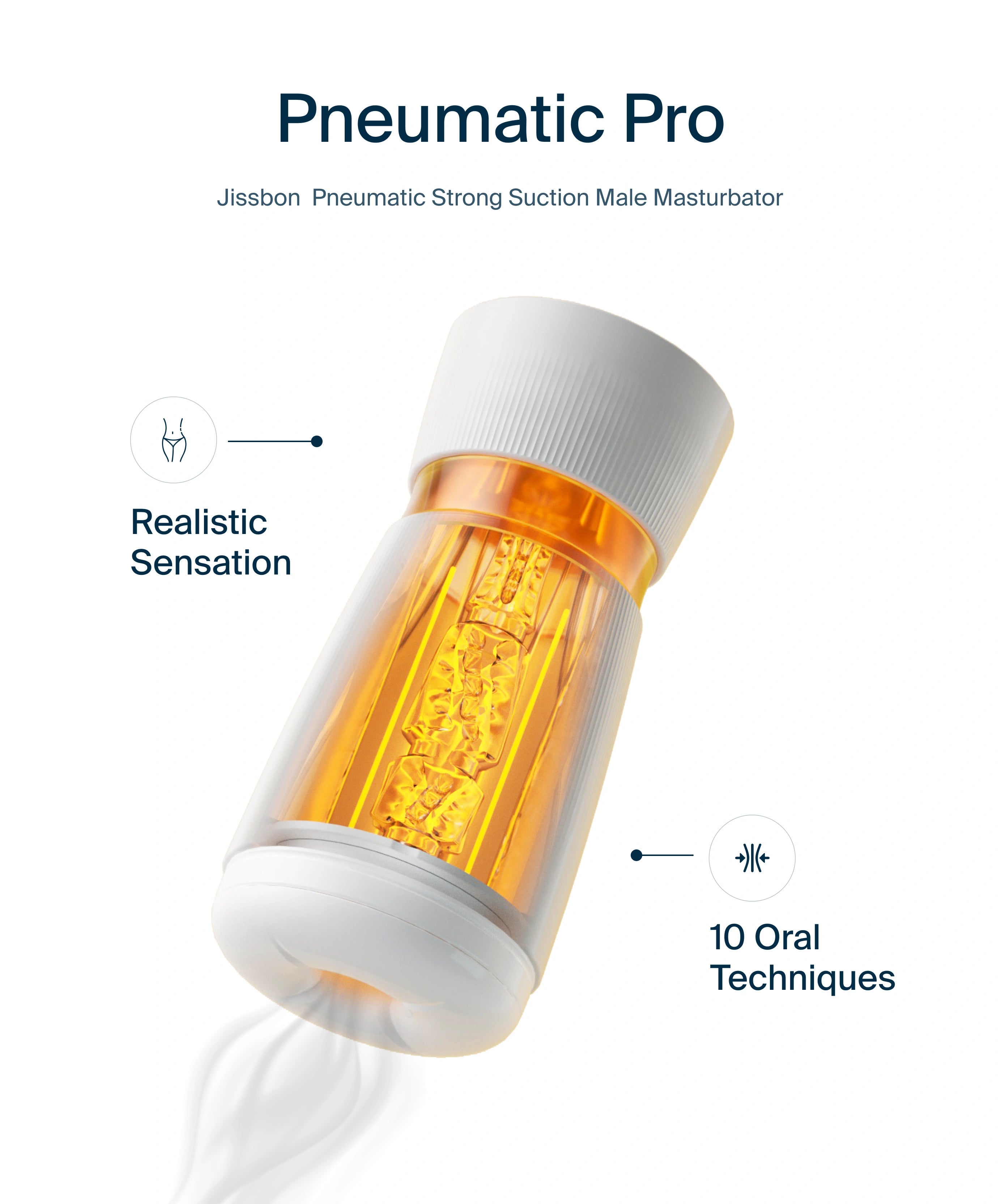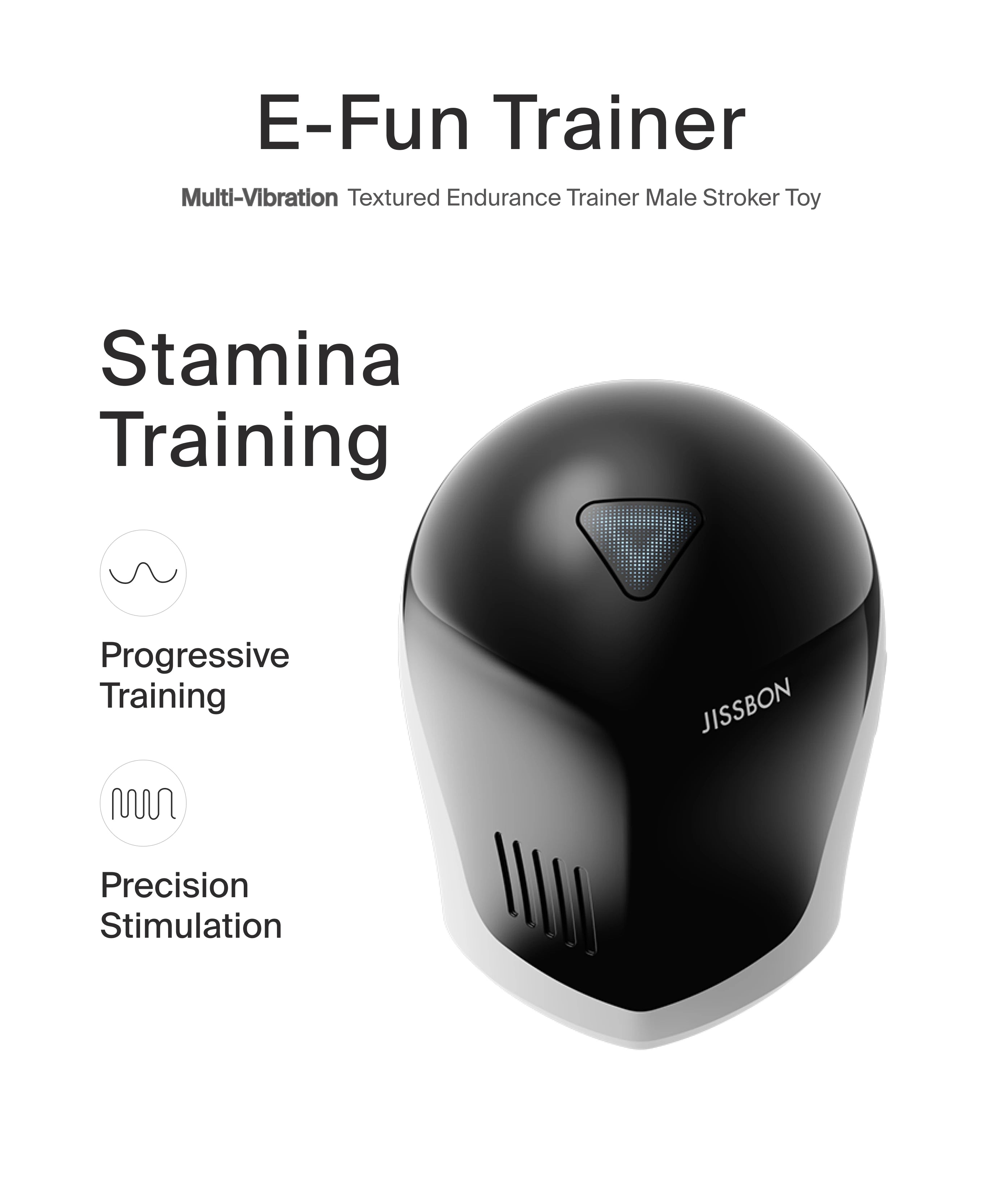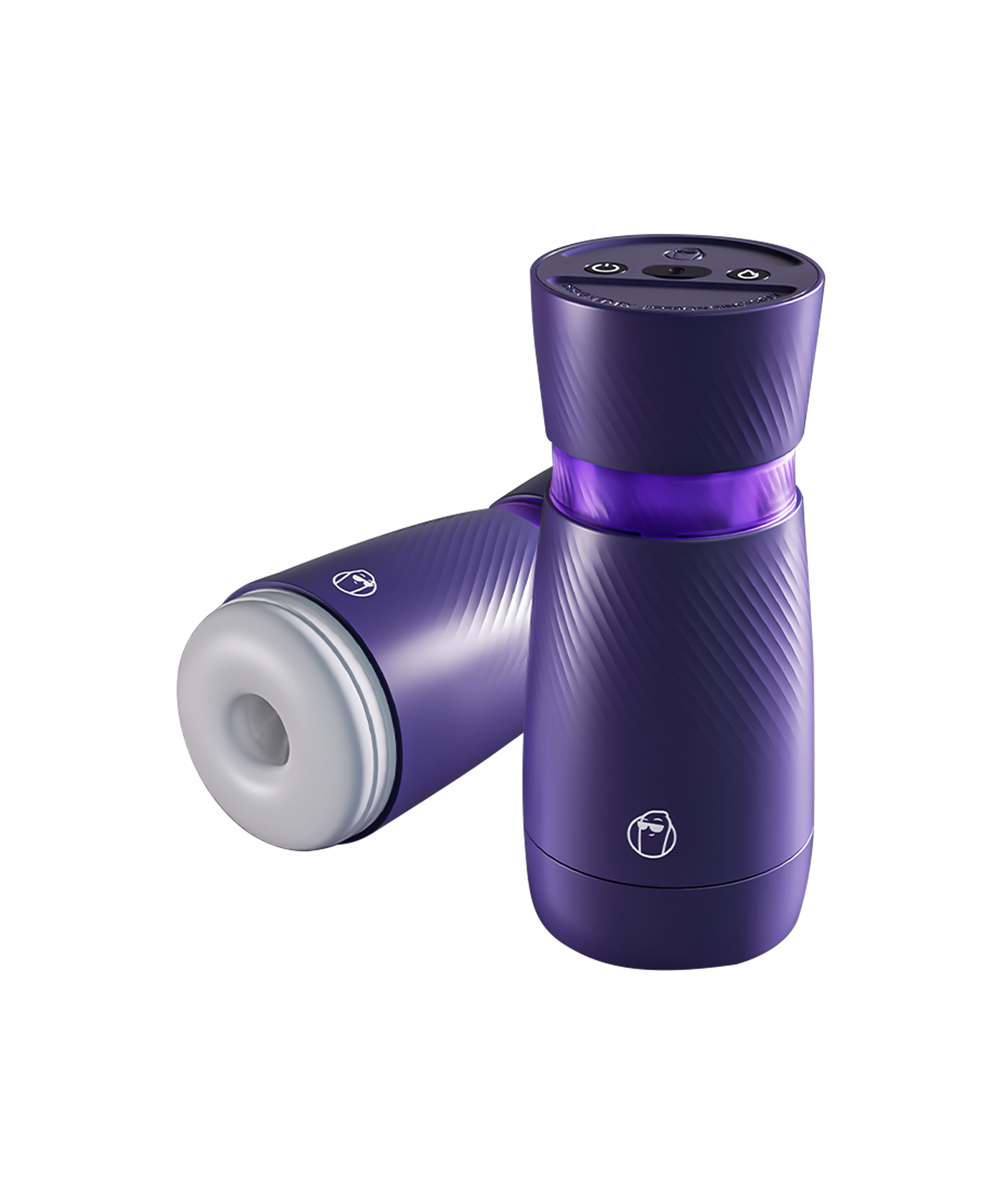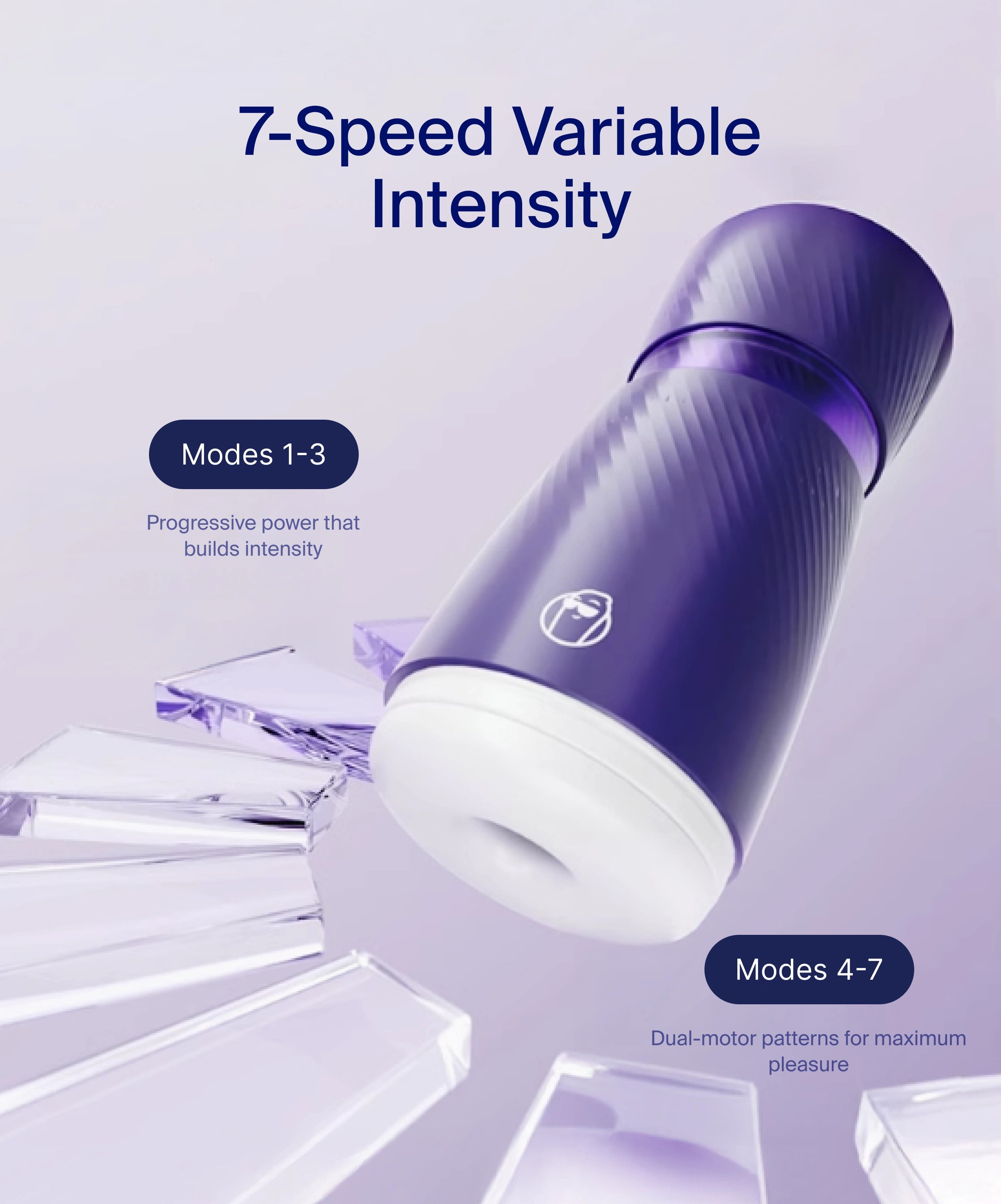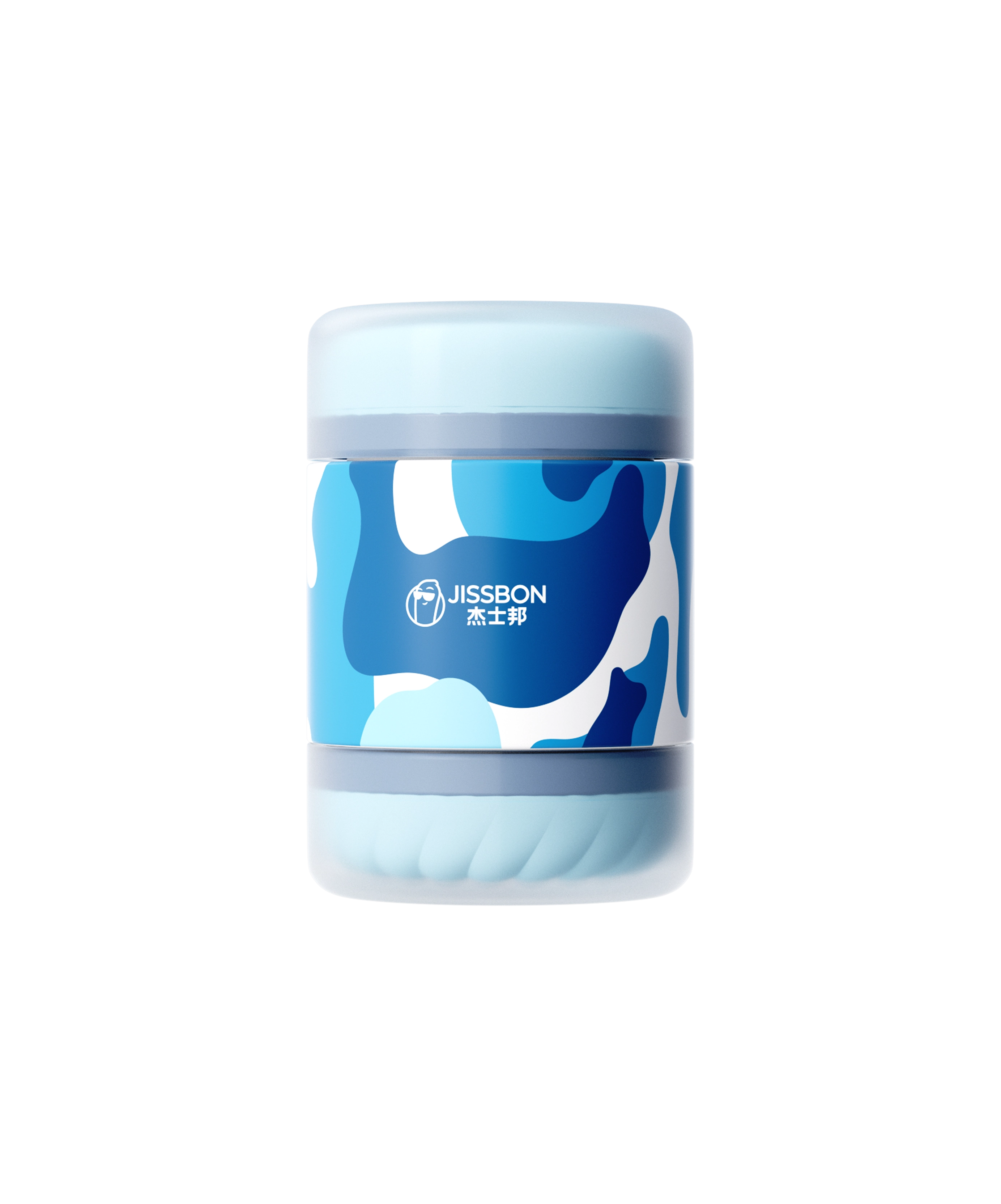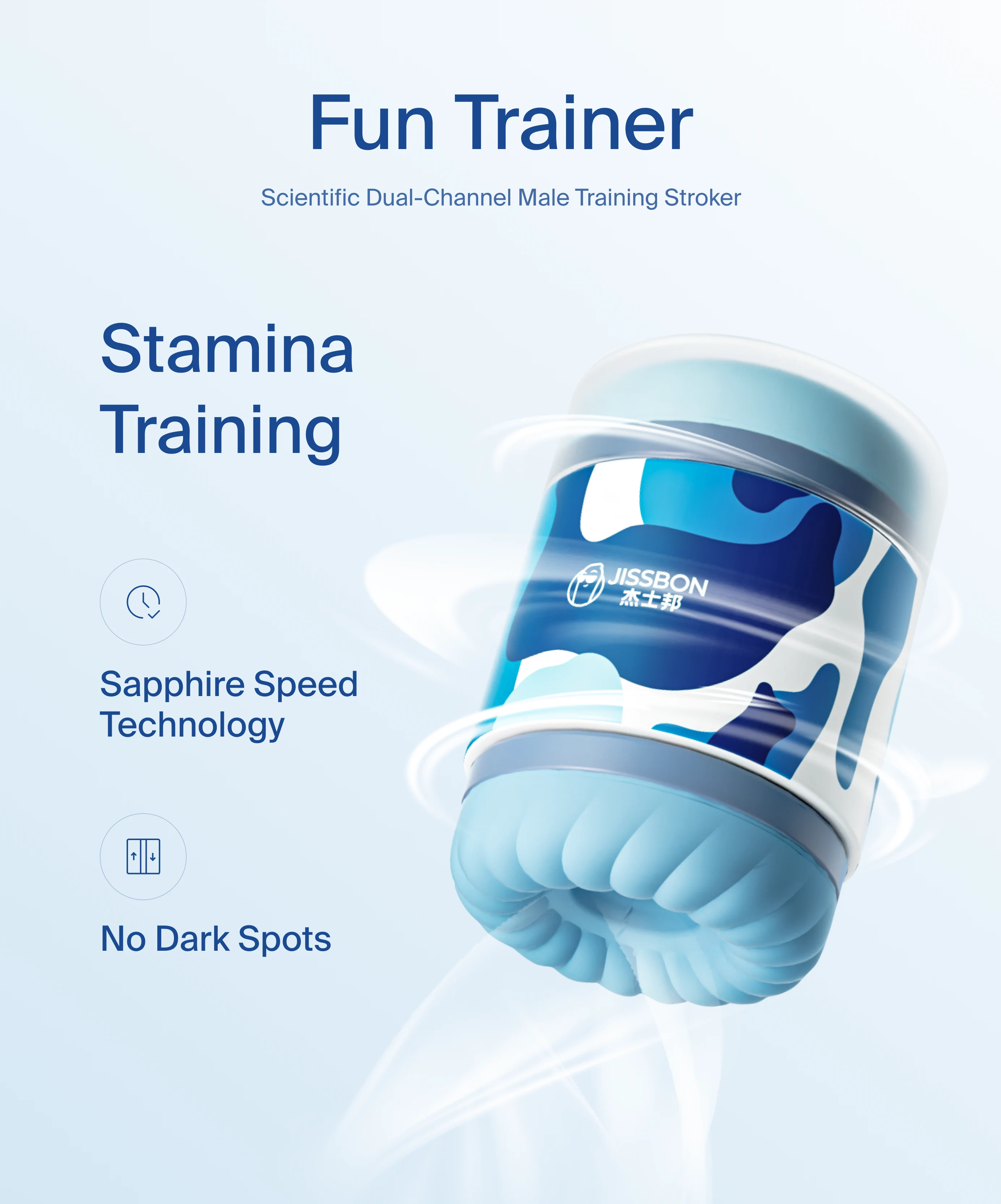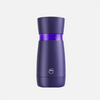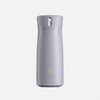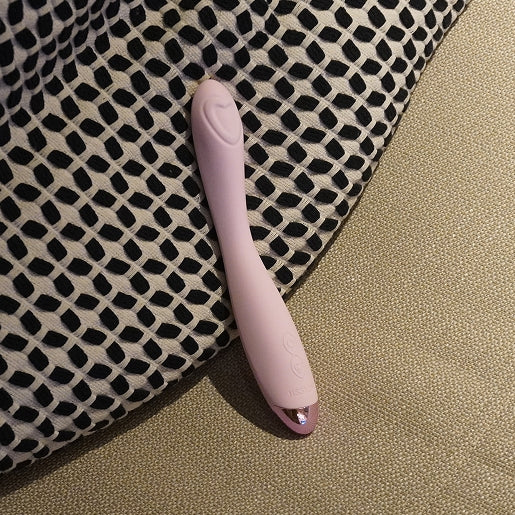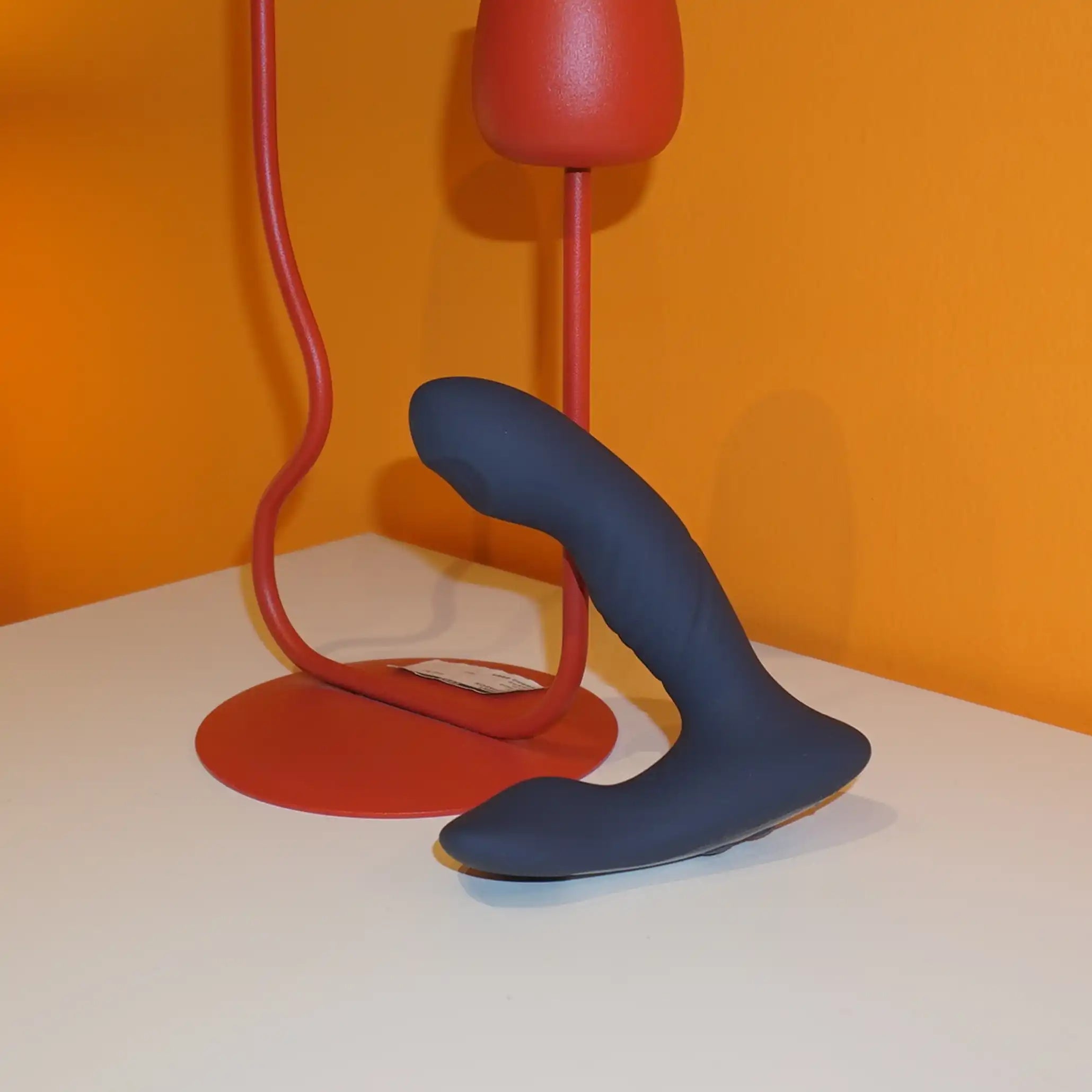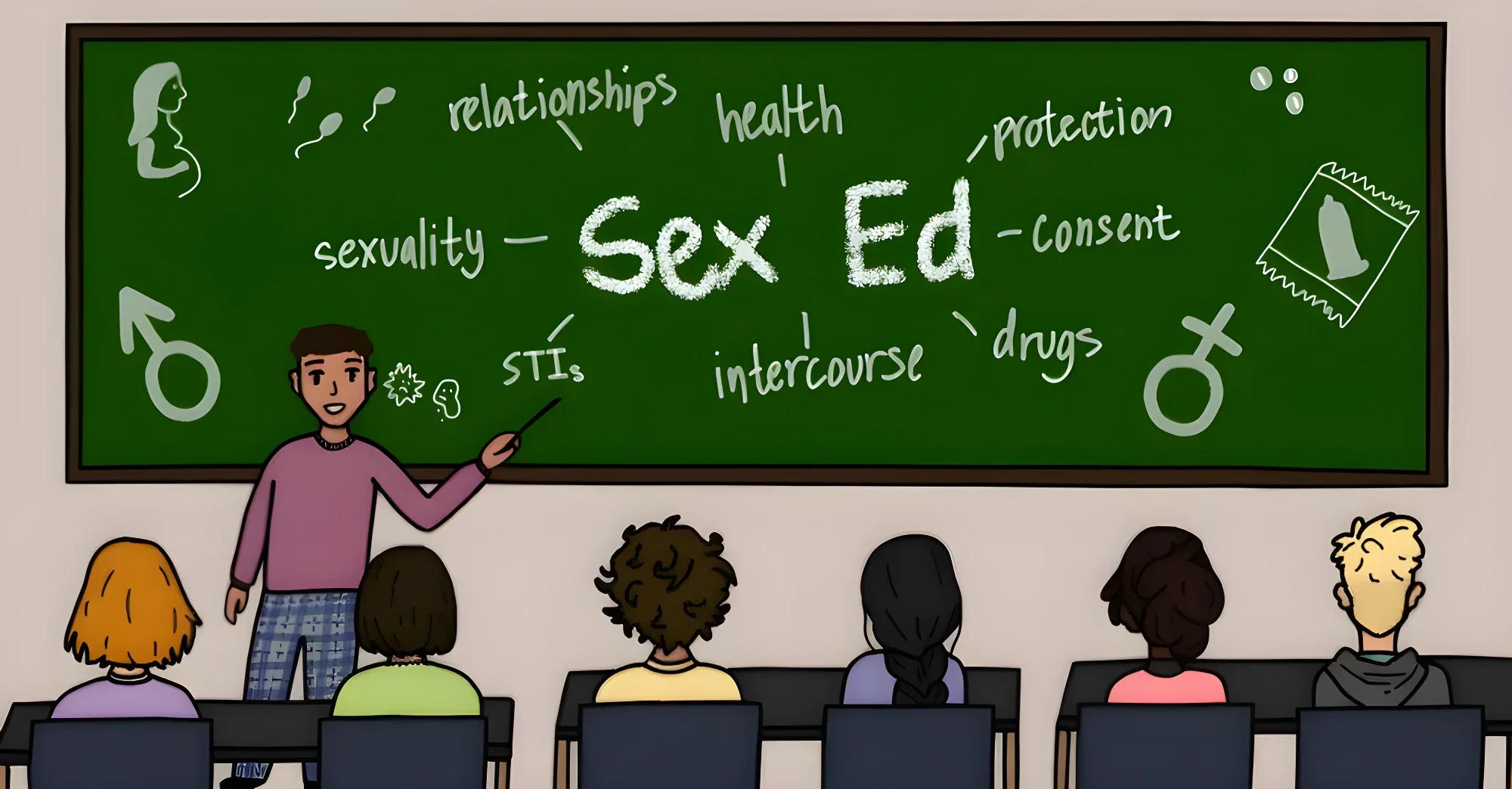I’ve always believed self‑care is more than green juice and gym selfies. Honest conversations about our bodies and relationships are radical self‑care, too. Yet across the United States those chats often depend on your ZIP code, your teacher’s comfort level, and—let’s be real—local politics.
Let’s pull back the curtain on sexual education in the United States, see what’s on the syllabus, where the silence sits, and why filling those gaps could boost our collective mental wellness.
The 50‑State Patchwork: A Quick Reality Check
If you felt your high‑school health class was a coin toss, you weren’t imagining it. As of mid‑2025, only 29 states plus D.C. actually require sex education, and fewer than half demand that the lessons be medically accurate.
Even where courses exist, 43 states still tell teachers they must stress abstinence.That mismatch shows up in the numbers: states emphasizing abstinence‑only programs report higher teen pregnancy rates than those using comprehensive curricula.
Meanwhile, the CDC’s latest Youth Risk Behavior Survey found that nearly 1 in 5 female students experienced sexual violence in the past year, and more than half felt persistent sadness or hopelessness. When education dodges real‑world topics—consent, pleasure, LGBTQ+ identities—young people pay the emotional bill.
What Schools Do Cover (Most of the Time)

From what I’ve seen while working with educators, a “standard” U.S. lesson plan usually includes:
- Basic anatomy & puberty timing
- HIV/STI facts (sometimes outdated)
- Pregnancy prevention—often limited to “just say no”
- Risk framing (pregnancy, disease, reputational fear)
There’s often a single, hurried unit on puberty. Girls may get a day on periods; boys a chat about voice cracks. Yet puberty often starts around age 8 for girls and age 9 for boys American Academy of Pediatrics long before most curricula kick in. By the time lessons arrive, questions (and Google searches) have been swirling for years.
Puberty 101: Boys, Girls & Everyone Between
Honestly, puberty is the first true mind‑body earthquake most of us face. Helpful programs give kids:
- Timeline reality checks (growth spurts aren’t races)
- Emotional literacy—why mood swings happen
- Body‑image coping tools (social‑media filters aren’t mirrors)
- Respectful language for all bodies, not just “boys vs. girls”
Unfortunately, many states still lean on binary language and skip emerging science on intersex development and gender diversity. Curricula that do acknowledge varied experiences lower feelings of shame and isolation during adolescence.
What’s Missing—and Why It Matters for Mental Health
Here’s where the silence grows loud:
|
Too Often Missing |
Why It Matters for Wellness |
|
Consent & healthy boundaries |
Builds agency, reduces sexual violence, lowers anxiety. |
|
Pleasure & body positivity |
Counters shame, boosts self‑esteem, encourages safe exploration. |
|
LGBTQ+ inclusivity |
Inclusive lessons link to lower depression and suicidality among queer youth. |
|
Relationship skills & communication |
Predicts healthier partnerships and fewer break‑ups rooted in miscommunication. |
|
Digital citizenship (porn literacy, sexting safety) |
Empowers teens to manage online influences instead of being managed by them. |
A 2024 meta‑analysis confirmed that comprehensive sexuality education (CSE) significantly improves knowledge and delays risky behavior PMC, while separate studies show inclusive programs correlate with lower rates of depression and anxiety. Bottom line: good sex ed is good mental‑health hygiene.
The Rise of Sexual‑Health Videos & Online Learning
During the pandemic, many schools pivoted to screens. Some silver linings emerged: well‑designed video interventions improved protective behaviors among Black and Hispanic adolescent girls SpringerLink, and an 2024 randomized trial found online programs boosted knowledge, attitudes, and behaviors in 11‑year‑olds PMC. Interactive games and text‑message coaching are now supplementing (or replacing) outdated slide decks.
Mental Health + Sexual Health: Two Sides of the Same Coin

“I wish someone had told me feeling awkward was normal.” That sentiment comes up whenever I run workshops. When adolescents learn that arousal, curiosity, even confusion are all part of human wiring, shame loses its grip and anxiety eases.
Research links inclusive, comprehensive education with lower rates of depression, reduced internalized stigma, and greater resilience. Conversely, misinformation (or complete omission) can fuel self‑criticism and risky experimentation.
The CDC warns that LGBTQ+ students and girls report the highest mental‑health struggles CDC—groups that often find their experiences erased in abstinence‑heavy classrooms.
Real‑World Tips to Fill the Gaps
- Start early, stay open. Kids ask about bodies long before they ask about sex. Use everyday moments—sports injuries, TV plot twists—to seed age‑appropriate info.
- Use medically accurate, judgment‑free language. “Penis” and “vulva” aren’t swear words; they’re anatomy.
- Normalize emotions. Link physical changes to mood shifts so tweens know tough feelings aren’t “crazy,” they’re chemistry.
- Co‑watch credible videos. Pause for discussion. Ask: “Does this match what you’ve heard at school?”
- Model consent at home. Knock before entering bedrooms; let kids choose hugs or high‑fives. Small gestures teach bodily autonomy.
- Offer reliable resources. Bookmark the National Sex Education Standards, Advocates for Youth, and sexual wellness for accurate guides.
- Stock essential tools without fanfare. A bedside bowl of Jissbon signals that safety is normal, not scandalous.
- Check state policy. If your district’s curriculum looks thin, join the PTA or school board meeting and ask for evidence‑based updates.
- Mind mental health cues. If conversations trigger anxiety, connect teens with a counselor or trusted adult early.
- Celebrate curiosity. Curiosity means your child is engaged, not misbehaving.
Why Brands Like Jissbon Belong in the Conversation
You might wonder, isn’t mentioning a condom brand in a wellness article salesy? Honestly, I’d argue the opposite. When teens see trusted, stigma‑free brands partnering in educational content, it normalizes protective tools the same way a toothbrush ad normalizes dental hygiene. Jissbon’s site includes easy‑to‑digest guides on topics from first‑time condom use to inclusive pleasure tips—an approachable extension of classroom basics.
The Road Ahead: Turning Knowledge into Self‑Care
Comprehensive, inclusive sex education isn’t a culture‑war luxury; it’s a public‑health necessity and a mental‑health lifeline. Imagine the ripple effect if every 13‑year‑old understood consent, every 16‑year‑old could locate an STI clinic without shame, and every LGBTQ+ teen felt seen on page one of the curriculum instead of foot‑noted at the end.
- Keep learning, keep talking.
- Share scientifically sound videos.
- Champion curricula that name everybody and every relationship.
- Treat sexual wellness as everyday self‑care tools, because they are.
Knowledge is protective. Empathy is healing. And honest, age‑appropriate sex education? That’s the self‑care revolution our kids deserve.
Frequently Asked Questions
Is sex education mandatory in all U.S. states?
Nope. As of 2025, only 29 states and D.C. require sex education in schools, and even fewer require the information to be medically accurate. It really depends on your ZIP code—and often, your local school board’s philosophy.
What’s usually covered in a typical sex ed class?
- Basic anatomy
- STI facts (sometimes outdated)
- Pregnancy prevention (often abstinence-focused)
- Puberty for boys and girls (with limited nuance)
But key topics like consent, pleasure, LGBTQ+ inclusion, and healthy relationships are often missing or skimmed over.
What’s the difference between “comprehensive” and “abstinence-only” sex ed?
Comprehensive sexuality education (CSE) includes information on sexual health, consent, relationships, and identity—alongside risk prevention. Abstinence-only programs focus on saying “no” to sex until marriage, often leaving out essential tools for real-world decisions. Data shows CSE leads to better health outcomes and fewer risky behaviors.
Read more
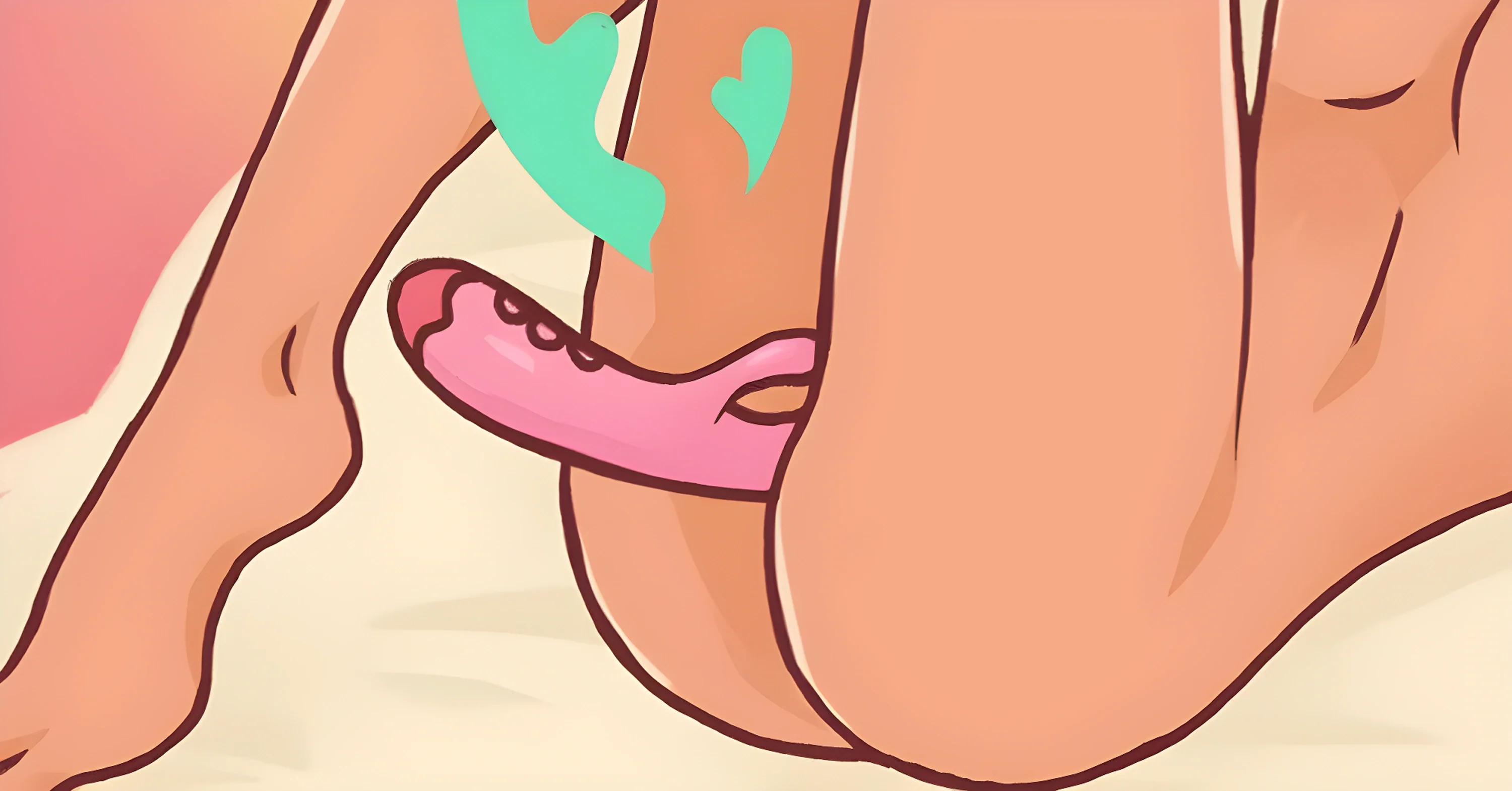
Bubble baths and green juices are great, but—honestly—one of the most overlooked wellness tools is the humble dildo. I’ve noticed that on the days I devote ten mindful minutes to pleasure, my stres...
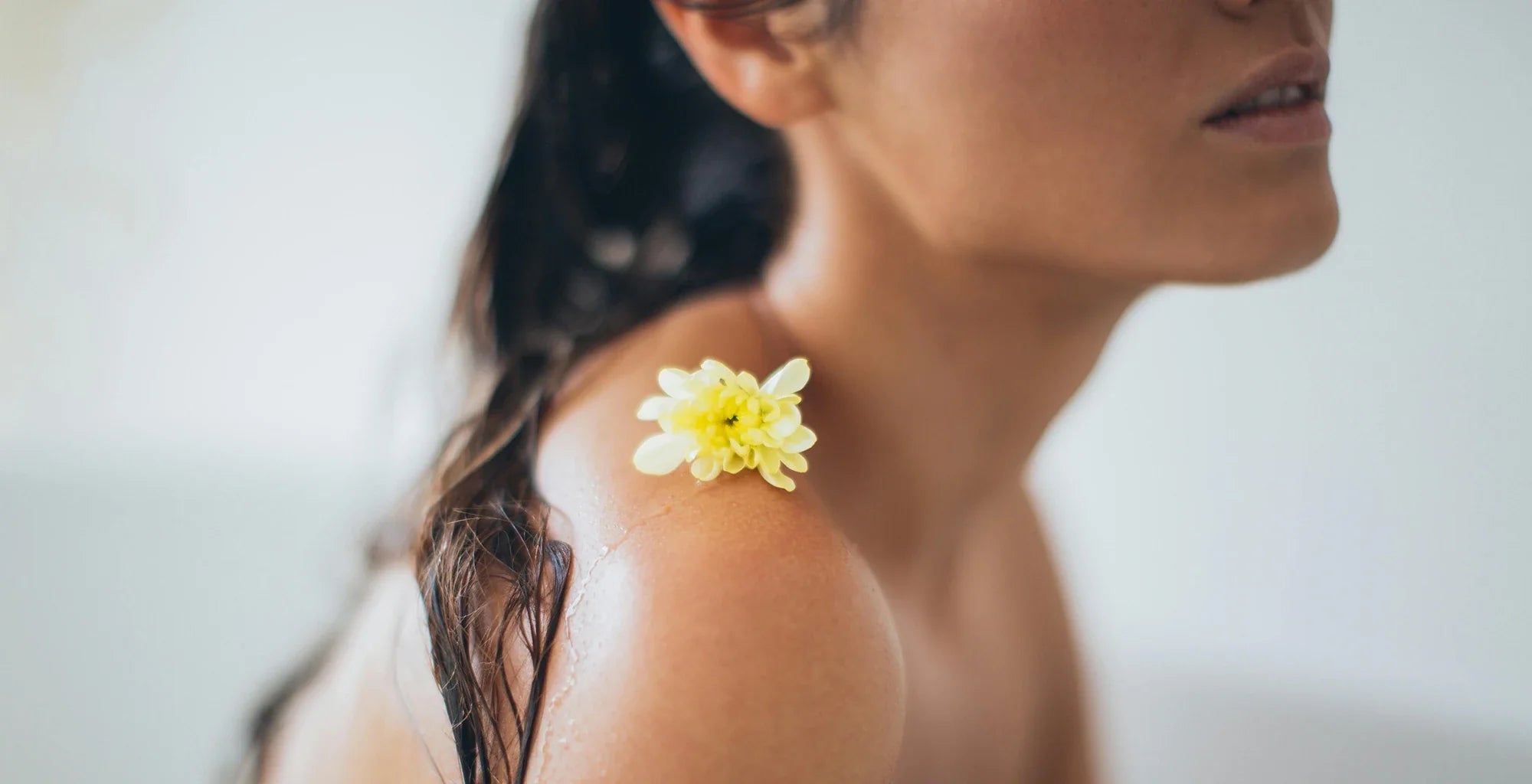
I’ve lost count of how many “holy‑grail” skincare trends have landed on my feed this year—yet the most talked‑about glow‑booster doesn’t live in a jade roller or a pricey serum. It’s the rosy, rest...
